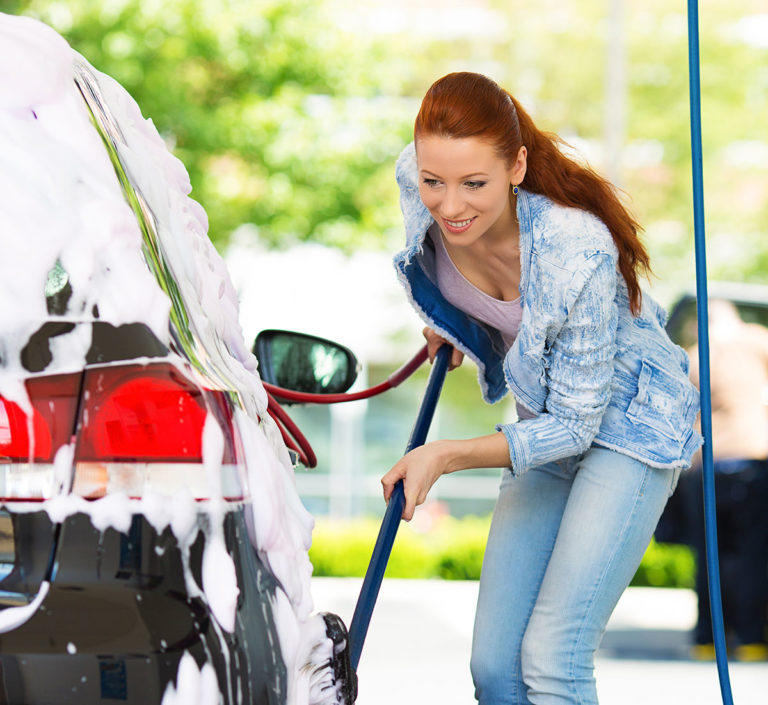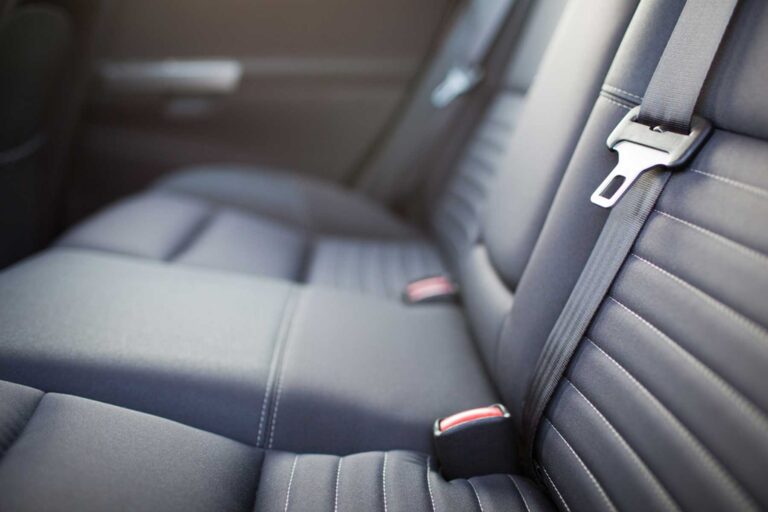How to Remove Water Spots
Few things are worse than going through the entire process of washing and detailing your car only to drive away with water spots scattered all over the finish—especially when they harden and won’t easily wipe away.
The best time to address water spots is immediately after your wash, so it’s a good idea to introduce good habits as soon as possible. With only a few additions to your routine, you can enjoy a glossy, perfect finish every time.
What Causes Water Spots?
In most cases, water spots are caused when hard water (that is, water that has high calcium, magnesium, and other mineral content) is left to dry on a surface. As the car dries, the water evaporates but leaves the minerals behind, which usually manifests itself as a white scuff mark and other damaging buildup.
Most of Utah has hard water, which can make washing a car here difficult. The water itself isn’t likely to hurt you (in fact, some people find hard water much more palatable, and the minerals are ones the human body needs anyway), but it can be a nuisance anytime you go through a car wash, wash a car at home, or even park too close to a sprinkler. This is especially true if you leave the mineral deposits on the car too long, as they may have corrosive materials that will eventually work through a sealant and down into the paint itself.
How to Control Water Spots
As is the case with many car care routines, the best thing you can do is to prevent water spots from happening in the first place. Ideally, you should always finish your car with a wax and/or sealant that creates a barrier between the water and the paint.
You should also make it a point to dry your car every single time it is washed or gets wet. Keep a microfiber towel in your trunk or glovebox, and give the car a quick wipe before those spots have a chance of forming. This task usually only takes a few minutes and can make all the difference.
Of course, none of this will help you if the water spots are already there. If you’re dealing with stubborn hardened deposits, here are a few steps to take:
- Wash and Dry the Car as Usual. Aggressively rubbing away hard water spots can end up damaging the paint, as you’ll be scraping small bits of debris across the surface. Instead of attacking each spot individually, take your car through its normal wash routine. Make sure you dry the car afterwards, and then examine the finish for any signs of lingering spots.
- Identify Problem Areas. Some spots will be visible to the naked eye; others will be identifiable by running your hand over the surface and gauging the texture. The exterior should feel smooth and glossy. If there are rough patches, you’ll need to do more intensive care.
- Remove Water Stains. Some people choose to get rid of water spots with a gentle mixture of distilled white vinegar and water. Others opt for detailing clay. We like the latter because it not only gets rid of water spots, but also any other surface contaminants that may have collected over time (we’re looking at you, street salt). Rubbing the clay over a damp surface removes any lingering deposits and leaves your car looking sleek.
- Consider Intensive Work. If your water spots go deeper than the surface, you may need to look into professional work to abrade, polish, and re-coat the paint. This tends to require more work and the right tools, so many car owners opt to have a professional detailer handle it.
Once everything is shiny and new again, don’t forget that final protective sealant. You’ll enjoy the look of your clean car for longer and prevent future water spots from lingering!



